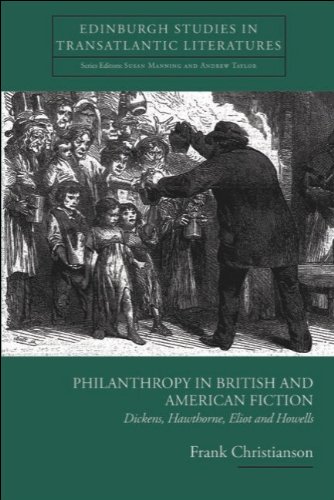

Most ebook files are in PDF format, so you can easily read them using various software such as Foxit Reader or directly on the Google Chrome browser.
Some ebook files are released by publishers in other formats such as .awz, .mobi, .epub, .fb2, etc. You may need to install specific software to read these formats on mobile/PC, such as Calibre.
Please read the tutorial at this link: https://ebookbell.com/faq
We offer FREE conversion to the popular formats you request; however, this may take some time. Therefore, right after payment, please email us, and we will try to provide the service as quickly as possible.
For some exceptional file formats or broken links (if any), please refrain from opening any disputes. Instead, email us first, and we will try to assist within a maximum of 6 hours.
EbookBell Team

4.8
84 reviewsDuring the 19th century the U.S. and Britain came to share an economic profile unparalleled in their respective histories. This book suggests that this early high capitalism came to serve as the ground for a new kind of cosmopolitanism in the age of literary realism, and argues for the necessity of a transnational analysis based upon economic relationships of which people on both sides of the Atlantic were increasingly conscious. The nexus of this exploration of economics, aesthetics and moral philosophy is philanthropy.
Pushing beyond reductive debates over the benevolent or mercenary qualities of industrial era philanthropy, the following questions are addressed: what form and function does philanthropy assume in British and American fiction respectively? What are the rhetorical components of a discourse of philanthropy and in which cultural domains did it operate? How was philanthropy practiced and represented in a period marked by self-interest and rational calculation? The author explores the relationship between philanthropy and literary realism in novels by Charles Dickens, Nathaniel Hawthorne, George Eliot, and William Dean Howells, and examines how each used the figure of philanthropy both to redefine the sentiments that informed social identity and to refashion their own aesthetic practices.